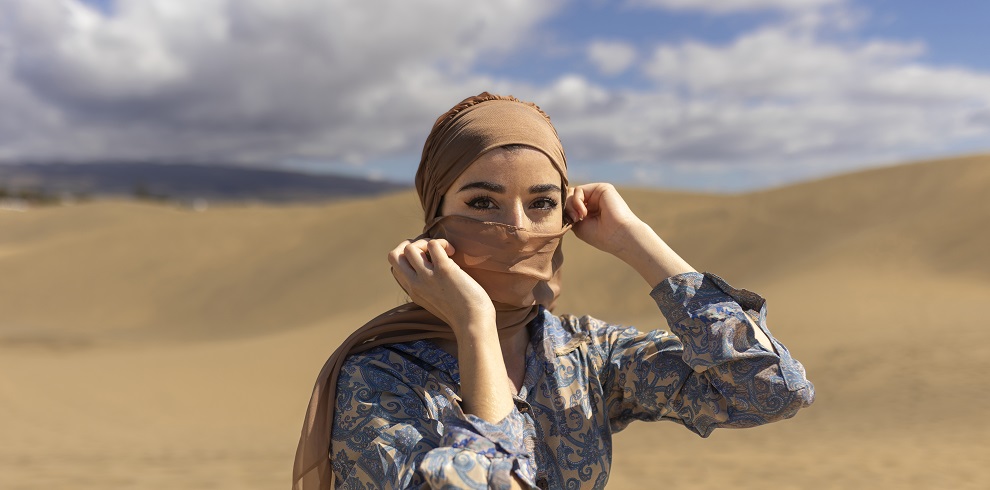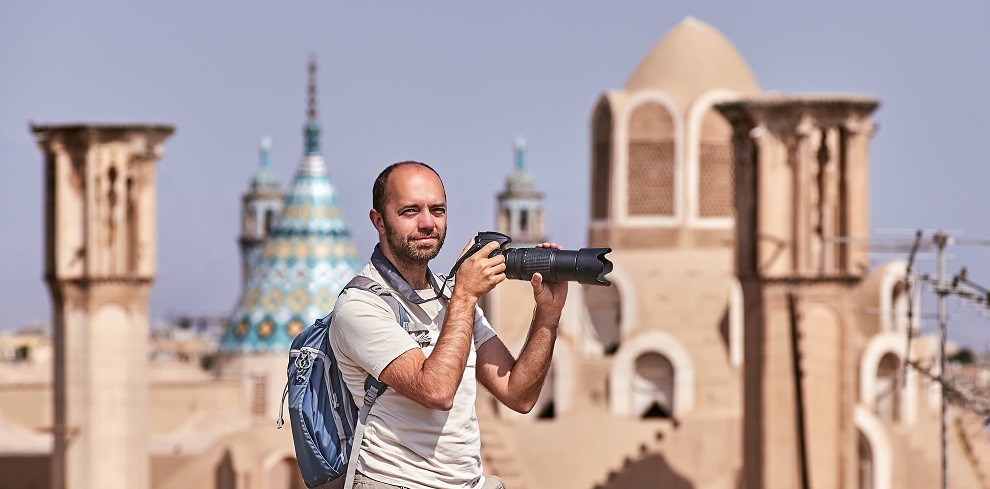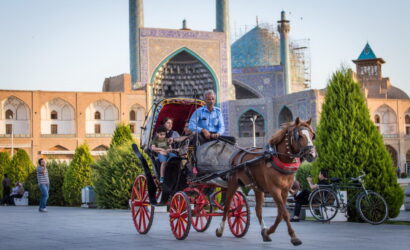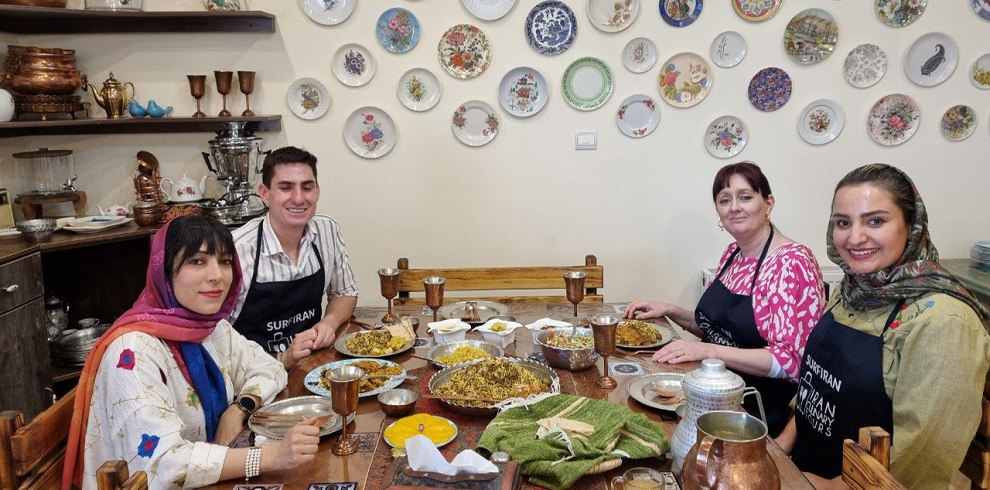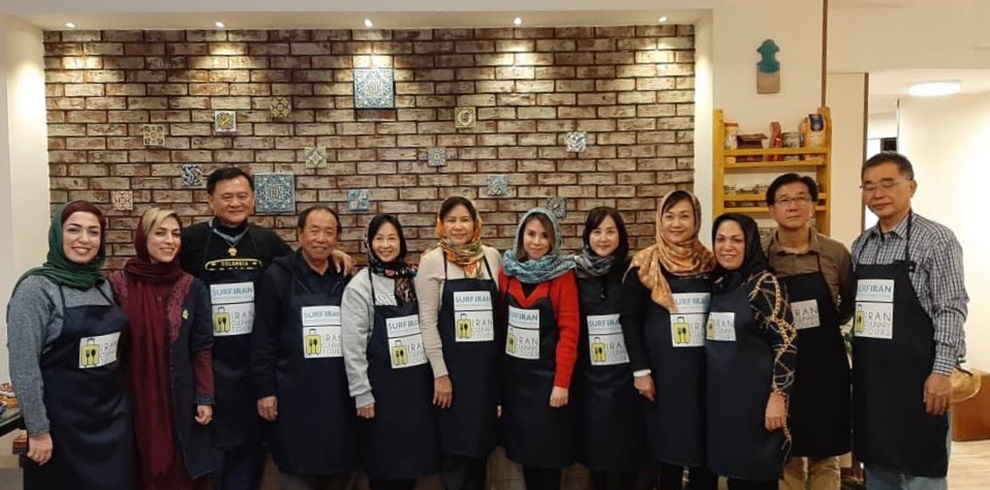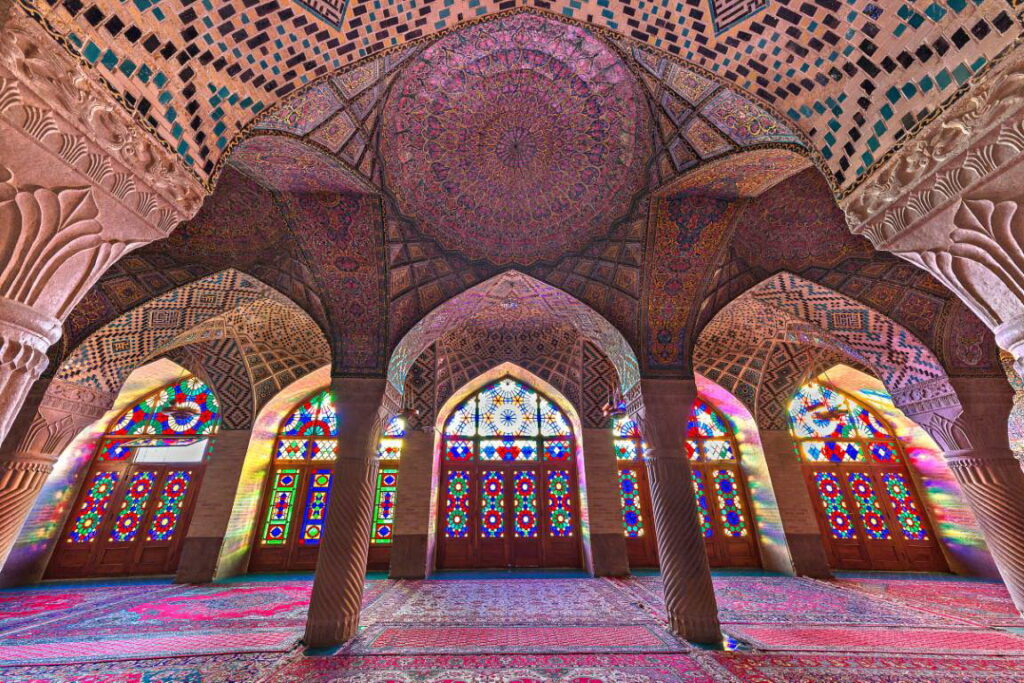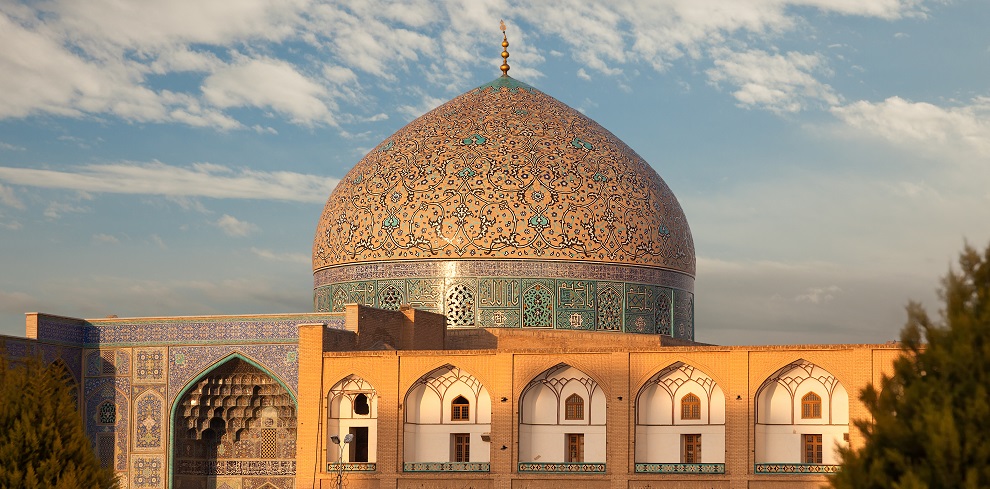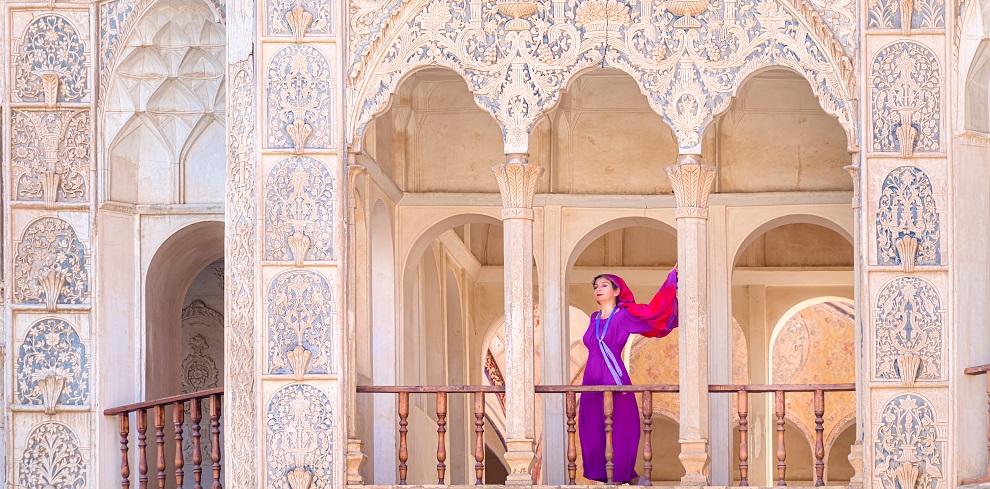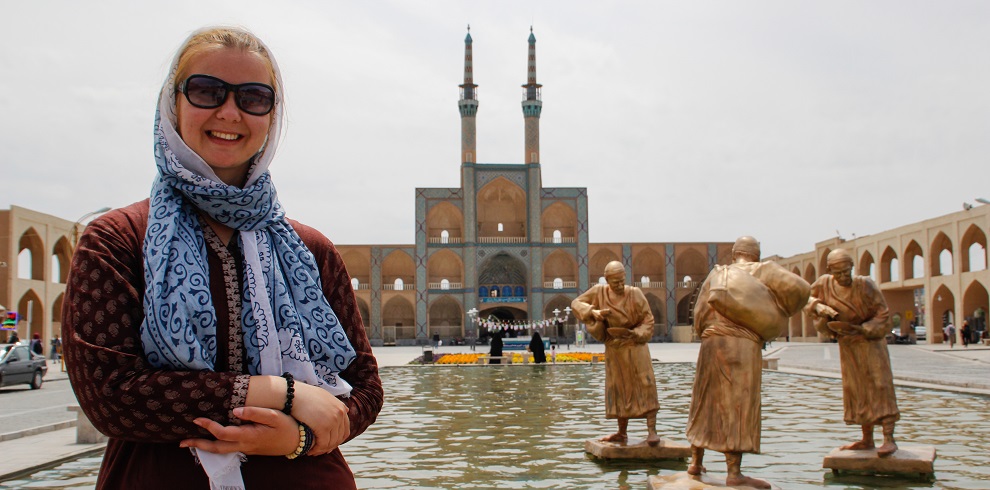Useful Tips
-
Qeshm Island
-
Tehran
-
English-Speaking
-
March to June/ September to December
-
16
-
79
Overview
The journey begins on the island of Qeshm and takes you through beautiful landscapes and some of the oldest archaeological sites in the world, through barren mountains and rural villages. You will learn about the traditions and cultures of a country whose influence has been felt for thousands of years. Welcome to Persia, the land of tourism.
On this trip, we will explore the beautiful cities of Qeshm, Hormuz, Bam, Yazd, Isfahan, and Tehran and uncover the history of the Silk Road at the most famous caravanserais, mosques, castles, bazaars, and much more.
Travel Itinerary
Our representative will meet and greet you after arriving at Qeshm Island Intl Airport (GSM).
Check-in at the hotel. We will visit the Laft Historical Village and Port (2000 years old).
Then, Chahkooh Canyon is our next stop. Chahkooh is one of the world’s wonders which is the result of erosion from the rainwater on sedimentary stone.
After that, have a visit from Hengam Island. By chance, we can observe Dolphins playing in their natural habitat (depending on the weather). Hengam Island is the best place to meet local people and taste their food. There is an old Bazaar where you can buy small souvenirs from locals. Last is the wonderful experience of watching the sunset from the amazing Naz Island Beach.
(Today’s plan might be changed according to your flight details)
Our second day starts by visiting Hormuz Island. We will take a ferry from Qeshm to Hormuz Island. Hormuz was visited by Marco Polo in 1290 while he was traveling on the Silk Road.
There, we will visit the Red-Stone Portuguese Fortress. One of the last surviving monuments of Portuguese colonial rule in the Persian Gulf. Then, the majestic Red Beach, Statue Valley, and the Mangrove Forest will be our sights on this wonderful Island.
Back to Qeshm Island by ferry.
Check out after breakfast, and head to the city of Bam. Bam played a significant role in the history of Iran. It was one of the most important cities along the Silk Road.
On the way to Bam, we will have a short stop in Jiroft. Jiroft is called the paradise for archeologists as they have found evidence from 7000 years ago. There, we have a chance to visit another important city on the Silk Road which is Daghyanoos. Daghyanoos was one of the richest cities of ancient Iran. There we visit the Archeological Museum of Jiroft. Then continue to the Bam.
First, we will visit the Bam Citadel (UNESCO World Heritage Site), this 2000-year-old historical citadel was destroyed after a 2003 massive earthquake. Soon after, most parts of that area were very well renovated.
After visiting the citadel, we will continue to Kerman. Upon arrival, we will go to the Ganj Ali Khan Complex to visit the Old Bazar of Kerman, the Ganj Ali Khan Traditional Bath, and the Caravanserai.
Check out after breakfast, we will head to the city of Yazd. This mud-brick city has been registered in the UNESCO World Heritage list. Yazd is famous for its wind-catchers, Qanats, sweets, and of course kinds of Silk matts called Termeh. Yazd also played an important role in the history of Iran and obviously, it was one of the most significant cities along the Silk Road.
On the way to Yazd, we will pass many cities such as Mehriz, and Sar Yazd. There is only one circle caravanserai in Iran which is called Zin Al-din Caravanserai. we will have to look at it and continue to Sar Yazd. This historical village (3,000 years old) used to be a famous one during the Sassanid Empire. There, we will have a chance to visit the Old Castle, Robat-e No (New Caravanserai), Chaparkhaneh, and the Water Reservoir.
After breakfast, started our day by moving to the city of Fahraj.
There, we will visit the second oldest mosque in Iran which is the Fahraj Jame Mosque.
Then, the Old Castle will be our next. Lastly, we will have a chance to ride Camels as our grandparents used to ride on the Silk Road in the past (depending on the availability).
We will back to Yazd and visit the Zoroastrian Fire Temple, the Amir Chakhmagh Square, Jame Mosque, and lastly, the Fahadan Old District.
Check out after breakfast, we will head to Isfahan. Isfahan is undoubtedly one of the most beautiful cities of Iran and it is called the capital of arts of Iran.
We will start our day by visiting the historical village of Kharanagh, region is famous for its Caravanserai, Castle, Bath, and Minaret which will visit before leaving the Yazd Province behind. Then, continue to Isfahan.
After arriving in Isfahan, we will visit the two famous bridges of Isfahan (Khajoo and 33-pol).
Our exploration starts at the Chehel Sotun Palace (UNESCO World Heritage Site). Set in a landscaped and forested park in front of a tranquil reflecting pool, this graceful pavilion was built by Shah Abbas II for entertainment and court receptions. Entering through a portico with twenty slender wooden columns, you’ll discover soaring halls embellished with frescoes, paintings, and mosaics; the hall of mirrors is especially breathtaking.
Next is the Naghsh-e Jahan Square (UNESCO World Heritage Site). This 17th-century site is one of the largest public spaces in the world. Here in the square, we will visit the Ali Qapu Mansion, we will marvel at its beautiful music rooms and the balconies where Safavid kings would sit to enjoy the polo matches unfolding in the square below. Then, the 17th-century Shah Abbasi Mosque was revered as a masterpiece of Islamic architecture and easily recognized by its magnificent tile work and soaring cupola and minarets.
After lunch will be back to the square and continue by visiting the Sheikh Lotfollah Mosque, also known as the Royal Mosque, as it was built for the Shah's harem, renowned for its brightly colored domed ceiling, where the light creates the image of a peacock. We will end our exploration of the square by visiting the Qeisarieh Bazaar. With hundreds of local vendors that specialize in traditional arts and crafts, it’s a wonderful place to shop for pottery, enamel, jewelry, and delicately inlaid board games. Just beside the Bazaar, there is the Assarkhaneh Museum. In ancient Iran, the special mills used to grind certain ingredients such as turmeric and pepper were called Assarkhaneh. Also, distilleries were used to extract the extract of oily substances such as castor. The word Asarkhaneh means a place of extraction, and the function of these distilleries can be considered similar to oil extraction factories.
Check out after breakfast. We will proceed to Kashan. There we will visit the Old Bazaar of Kashan, the Fin Garden (a UNESCO World Heritage Site), Tabatabaei House, and the Sultan Amir Ahmad Bath. Then we will proceed to Matin Abad Desert Eco-Camp. We will stay one night in a caravanserai and will have a chance to observe the stars (depending on the weather).
Check out after breakfast. Move to Tehran. Tehran is the capital of Iran and the most populated province of Iran.
Before reaching Tehran, we will have a chance to visit Shahr-e Rey. This city is among the oldest (8000 years old) and the most important cities of Iran. Rey used to play a significant role on the Silk Road.
In Shahr-e Rey we will visit the Gabri Castel (from outside), this castle is 2000 years old. Then, the Great Wall of Rey, a Relief of Fath Ali Shah Qajar, Bahram Fire Temple (from the Sasanid Dynasty), and today’s sightseeing will end in the Traditional Bazaar of Rey.
Today we will explore today’s capital of Iran. Tehran is the most populated and the largest province of Iran.
We will start our day by visiting the Golestan Palace (UNESCO World Heritage Site). Golestan Palace is famous because it was the residence of all the kings of the Qajar dynasty for about 150 years.
Then, the Tehran Grand Bazaar is the next. This bazaar is the second-largest in Iran and the third-largest traditional bazaar in the Middle East.
Later is the Iran National Museum. Where we could find thousands of objects from 800,000 years ago until the presence of Islam.
The last stop in Tehran is the Glassware and Ceramic Museum of Iran.
Depending on your departure time, our representative will transfer you to the Tehran International Airport (IKA) to fly back home.
Inclusions and Exclusions
What's Included
- Visa Authorization Code
- Accommodation (B&B)
- All Transfers and Transportations
- Certified English-speaking Tour Guide
- 1 Bottle of Water Per Day Per Person
What's Excluded
- International Air ticket
- Visa Fee
- Insurance
- Meals
- Entrance Fees
- Tip

